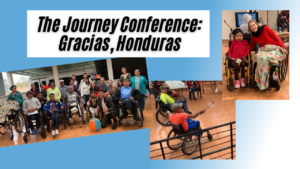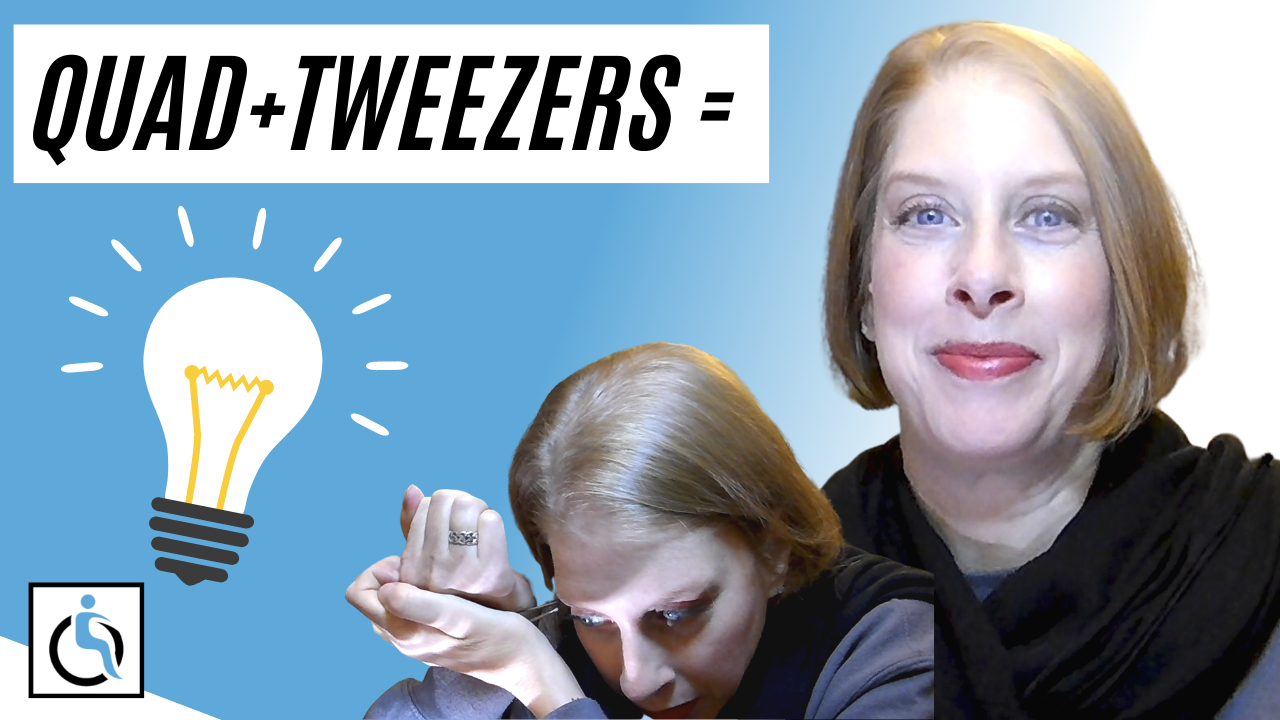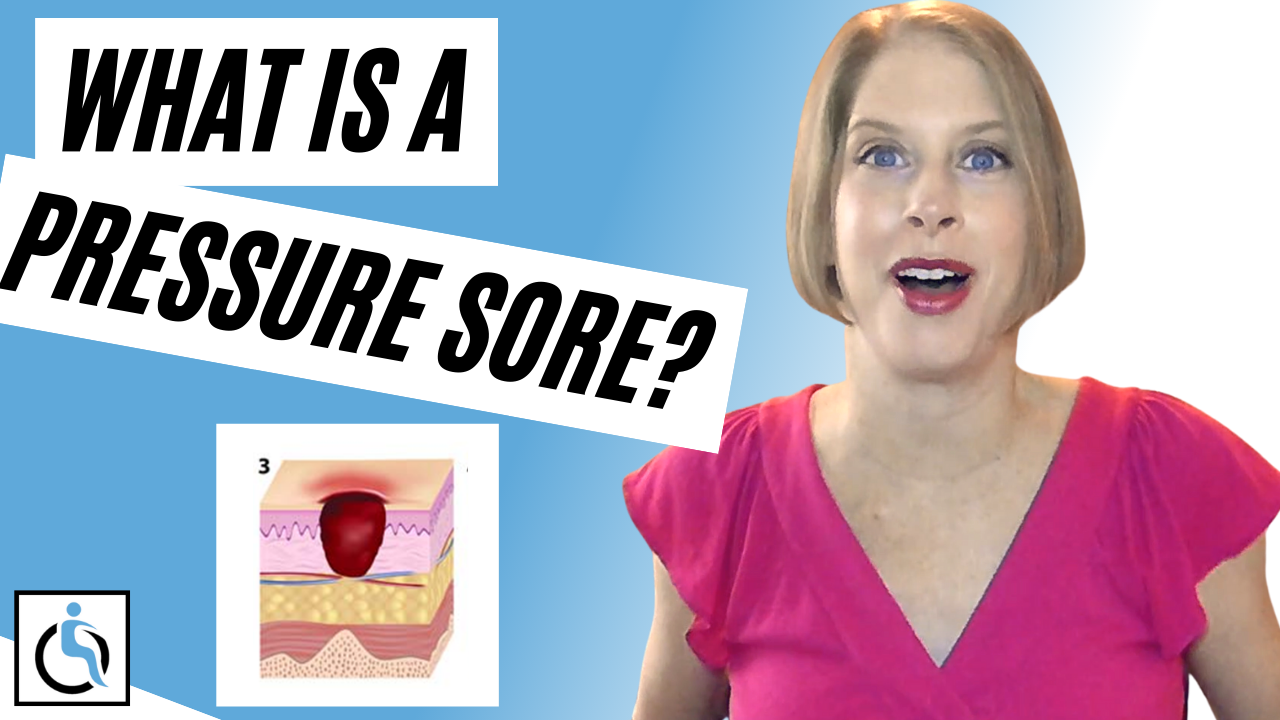In the world of spinal cord injuries, we have a vocabulary with which most able-bodied people are unfamiliar. Included below is a glossary of terms if you are new to the club—or to help prepare you for your next conversation with someone with a spinal cord injury.
Glossary of Terms
AB noun; plural ABs – abbreviation of able-bodied; a person without a physical disability. Example, “Hey, I need an AB over here to help get something off the top shelf.” Alternate form: TAB, abbreviation for temporarily able-bodied. Not to be confused with “normal.”
Accessible adjective – a state in which a wheelchair or a person with a physical impairment can easily and independently maneuver. Inappropriate use of accessible: “Yes, our restaurant is accessible. We only have one step.” The word accessible replaces the outdated term handicap: accessible parking, accessible bathroom stall.
Autonomic dysreflexia (AD) noun; dysreflexic adjective – the body’s response to a painful or uncomfortable stimulus, typically in persons with a T6 or higher spinal cord injury; increased heart rate and blood pressure, headache, goosebumps, sweating and blurred vision may be symptoms. AD can cause blood pressure to increase to dangerous levels and can cause a stroke, even death, if not treated. Many medical professionals are unfamiliar with AD. Example (of adjective): “I’m dysreflexic. I’ve got to pee so badly!”
Bowel program noun – the method in which a person empties his or her bowels; often a suppository and/or digital stimulation (see definition below) is required to evacuate the bowels. “I hate Monday, Wednesday and Friday mornings. I have to get up at 6 a.m. to do my bowel program. It takes about an hour and 15 minutes.”
Cath verb – abbreviation for catheterize; the use of a catheter to empty one’s bladder. Example: “I cath about six times a day.”
Catheter noun – a tube made of silicon, PVC, red rubber or latex that is inserted into the urethra or stoma to empty the bladder of urine; a catheter can be used several times a day (intermittently) or left in for several weeks (Foley catheter); closed-systems, straight tip, coude tip, hydrophilic, and external male catheters (condom catheters) are just a few of the types of catheters available. (Learn more here.)
Chuck noun – a disposable pad with absorbent material and plastic underside that protects bedding or other surfaces from urine or stool.
Complete/incomplete injury noun – a complete injury refers to no feeling or function below the level of injury; a person with an incomplete injury has some feeling or function below the level of injury. A complete injury does not mean the spinal cord has been physically severed; very few people actually sever their spinal cords. The ASIA Impairment Scale provides a more clearly defined description of complete and incomplete. Watch this video.
Dig stim noun – abbreviation for digital stimulation; the use of a dil stick (see definition) or a gloved, lubricated finger in a circular motion inside the rectum that causes the anal sphincter and bowel muscles to relax and, in turn, allows stool to leave the body. (TMI, I know.)
Dil stick noun – an adaptive device that assists with digital stimulation for quadriplegics.
Disabled adjective – related to or having a disability; is not synonymous with handicapped (see below).
Electric chair noun – a device first used in the 1880s to execute inmates; not to be confused with a power chair, a means of mobility for some people with disabilities.
Gimp noun – a term of endearment for a fellow wheelchair user or person with a disability; be cautious in using this term if you are an AB.
Gimpy adjective – describing one’s disabled-ness or gimpy-ness.
Handicap noun, handicapped adjective – can be an offensive term for a person with a disability; the word disability is preferred. A few theories exist on the word’s origin. 1) Handicap is derived from an old English game “hand in cap,” a game in which two people traded items and had an equal chance of winning. 2) It was used in the late 18th century in horse racing, with the better horse having to carry more weight (a handicap) to even the odds. The term came to mean a disadvantage that makes success unusually difficult.1
Hand controls noun – mechanical devices on a vehicle that allow a person with a disability to control the brake and gas with their upper extremities; hand controls may be a simple push/pull system or a complicated computerized system where a joystick controls the steering, brake and gas.
Invols (abbreviation for involuntary) or accidents noun, plural – when the bladder or bowel revolts and expels its contents unexpectedly. Expletives or despair may follow this crappy situation in which one finds himself or herself.
Manual chair noun – a wheeled mobility device propelled by the user.
Paraplegic noun, para abbr. – a person with impairment in the trunk and lower extremities; typically refers to persons with thoracic- and lumbar-level spinal cord injuries. Honest (albeit faulty) thoughts from a quadriplegic: “Paras have it made. They can use their hands.”
Person-first terminology – wording used that focuses on the person, not the disability. Example: People with disabilities vs. disabled people.
Power wheelchair, power chair noun – a wheeled mobility device powered by batteries; costs more than many automobiles.
Pressure relief/weight shift noun – relieving the pressure and weight off one’s rear end or other body part allowing blood flow in order to maintain healthy tissue and to prevent pressure sores; ideally, pressure relief is done every 15-30 minutes by lifting one’s body, leaning side to side or forward, or tilting backwards in a power chair.
Pressure sore, skin breakdown noun – a wound that develops when blood flow is reduced or eliminated and causes injury or death to the surrounding tissue; formerly referred to as a bed sore. Medical term: decubitus ulcer.
SCI/D noun – abbreviation for spinal cord injury/disorder; SCIs are most often caused by a traumatic event or injury; but strokes, tumors and other diseases also can damage the spinal cord.
Sliding board/transfer board noun – a plastic or wooden board that is placed under the rear end of its user in order to provide a solid surface on which to move; used for getting in or out of bed, vehicles, showers, etc. Watch this video for a demonstration.
Spasms, spasticity noun – uncontrolled movement in the extremities caused by wayward messages in the nervous system; spasms may occur at and/or below the level of injury; severity varies from person to person. Spasticity may be decreased bu stretching, oral medication, or an intrathecal baclofen pump.
Tenodesis noun – the use of wrist extensor and flexor muscles in quadriplegics to grip objects; wrist extension causes the thumb and fingers to pull together allowing a quad to pick up an object, while wrist flexion releases the item.
Transfer noun, verb – the act of lifting or moving one’s body (either independently or with assistance) from one place to another. Example: “I’m going to transfer into bed now.”
UTI noun – abbreviation for urinary tract infection; an infection in the bladder, urethra, ureters, or kidneys. UTIs were once the leading cause of death for persons with spinal cord injuries.
Quad belly/para belly/quad pod noun – the protrusion of the abdomen and intestines because of the lack of abdominal muscles in quads and paras. “Miss Jenny, are you pregnant?” “No, that’s just my quad belly.”
Quadriplegic noun, quad abbr. – a person with impairment in all four limbs; does not mean complete loss of arm function; quadriplegics may maintain use of the arms, but not of their hands or fingers. The term tetraplegic is becoming more common in the medical field; the root word plegia is Greek meaning paralysis; quadra is Latin, while tetra is Greek, both meaning “four.”
Quadly adjective – appearing or behaving like a quadriplegic. “My quadly hands can’t pick up anything today.”
References
- Douglas Baynton, “Language Matters: Handicapping an Affliction,” Disability History Museum, http://www.disabilitymuseum.org/dhm/edu/essay.html?id=30. (Accessed August 4, 2020).







